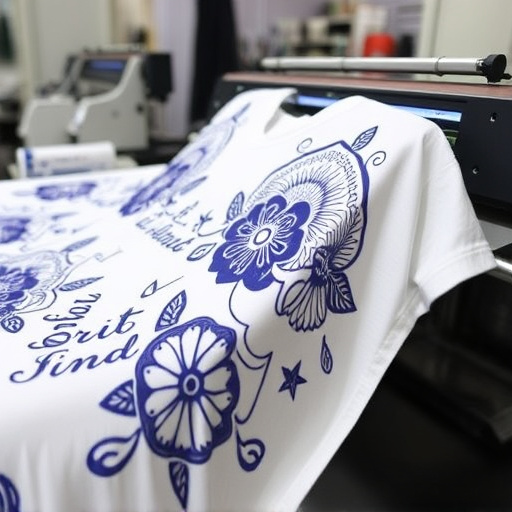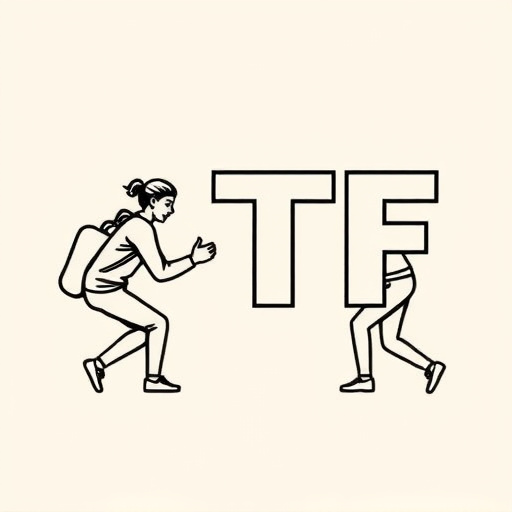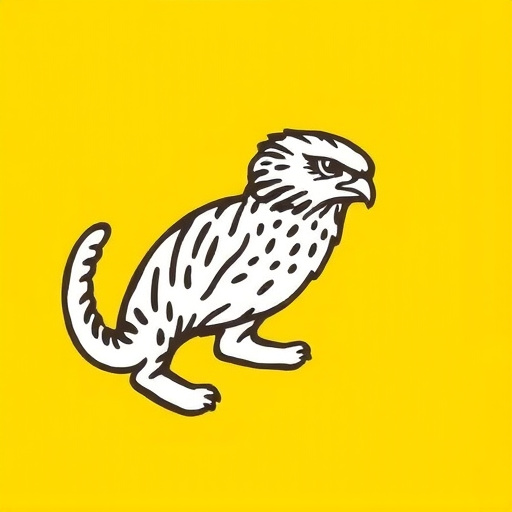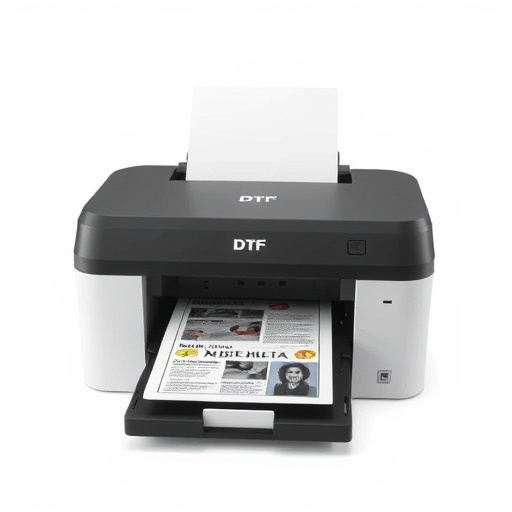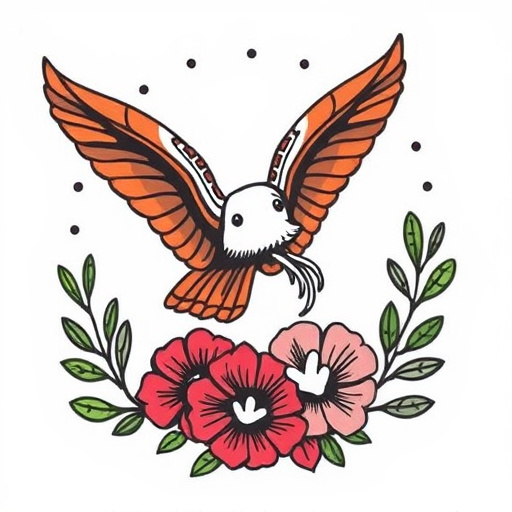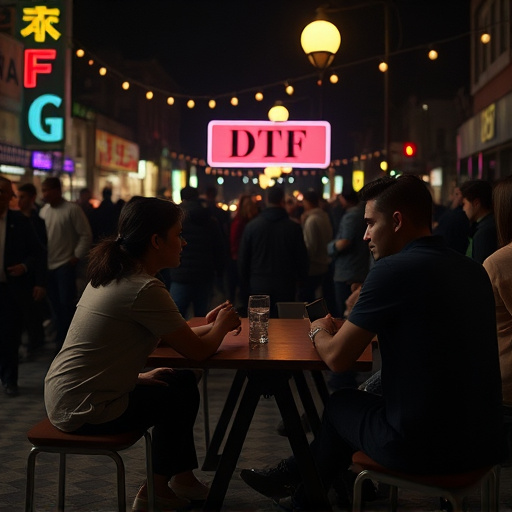DTF Fabric Printing offers a versatile method to design diverse fabrics, demanding vector format, high resolution (300 DPI or more), and CMYK color mode files. Proper preparation involves cleaning fabrics, considering specialized papers for dark fabrics, and treating rough textures. Choosing suitable ink types like water-based or eco-solvent for light fabrics and solvent-based for darker ones is crucial. Application techniques such as screen printing or spray coating impact print quality, necessitating experimentation to master DTF Fabric Printing.
Unleash your creativity with DTF (Direct-to-Fabric) printing, a game-changer in the world of textile design. This article guides you through the best practices for prepping materials, ensuring vibrant and lasting results. From understanding the fundamentals to optimizing substrate preparation and choosing the right inks, each step is crucial for achieving exceptional fabric prints. Master these techniques, and you’ll be well on your way to producing stunning, durable DTF fabric prints.
- Understand DTF Fabric Printing Basics
- Prepare Substrates for Optimal Adhesion
- Ink Selection and Application Techniques
Understand DTF Fabric Printing Basics
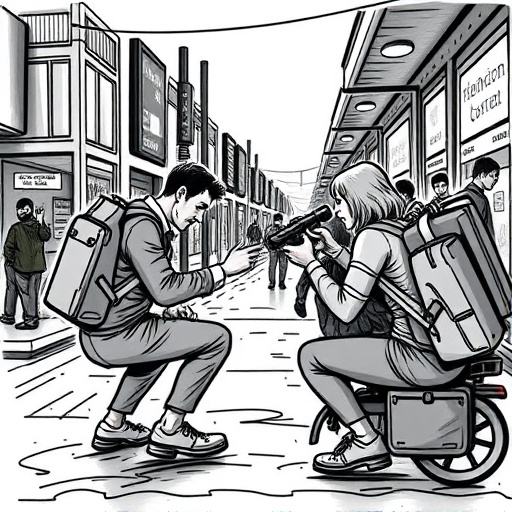
DTF Fabric Printing, or Direct-to-Fabric Transfer Printing, is a versatile and efficient method for applying designs to various fabrics. This process involves transferring ink directly onto the fabric’s surface using specialized equipment, allowing for high-quality prints on a wide range of materials. Understanding this technique’s fundamentals is crucial when prepping materials for optimal results.
The first step in the DTF Fabric Printing process is preparing your design file. This includes ensuring your artwork is in the correct format (usually vector graphics), resolution (300 DPI or higher), and color mode (CMYK). For custom t-shirts or other textiles, it’s essential to consider the fabric type and its potential limitations or characteristics. The DTF printer will then precisely transfer the design onto the fabric, creating a vibrant and durable finish. This method is ideal for bulk DTF shirt production, enabling efficient creation of custom apparel with intricate designs.
Prepare Substrates for Optimal Adhesion
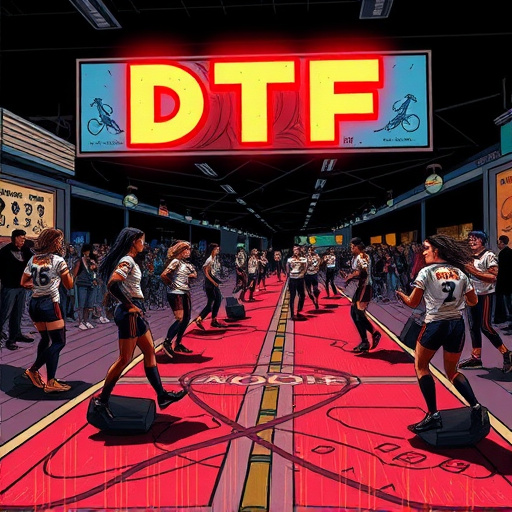
Before embarking on any DTF Fabric Printing endeavor, preparing your substrates is a critical step that cannot be overlooked. Start by ensuring your fabric is clean and free from any contaminants or oils that could hinder adhesion. A quick wash with mild detergent and a thorough drying process can achieve this. It’s particularly important for darker fabrics as they tend to absorb more ink, which may require additional treatments like pre-washing or using specialized DTF transfer papers designed for dark materials to optimize ink adherence.
For optimal results, consider the type of fabric you’re working with. Different fabrics have varying textures and compositions that can affect the final print quality. Cotton and polyester blends are popular choices due to their even surfaces and good absorption rates. Rough or highly textured fabrics might necessitate sandbling or priming to create a smoother layer for the DTF transfer, thereby enhancing adhesion.
Ink Selection and Application Techniques
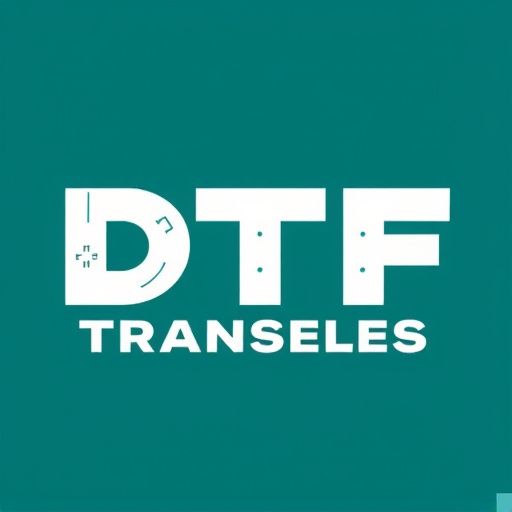
Choosing the right ink is half the battle won when it comes to DTF fabric printing. For DTF printing for hoodies and other light-colored fabrics, a water-based or eco-solvent ink is ideal. These inks offer vibrant colors, excellent opacity on light materials, and fast drying times. On the other hand, for DTF, particularly when printing on dark garments, solvent-based inks are often the preferred choice. Solvent inks penetrate deeper into the fabric, ensuring a rich, lasting print even on heavily pigmented surfaces.
Application techniques also play a significant role in achieving high-quality prints. For precise and detailed designs, screen printing is a popular method, allowing for the use of stencil screens to control ink flow. This technique is especially useful when creating intricate patterns or text. Alternatively, direct-to-fabric (DTF) printers employ spray or roller coating methods, offering a more versatile approach, perfect for producing bold, full-coverage prints on various fabric types, including those used in DTF printing for dark fabrics. Experimenting with different ink and application techniques will help you master the art of DTF fabric printing.
DTF (Direct-to-Fabric) printing offers a dynamic way to create unique, high-quality fabric designs. To make the most of this process, understanding the basics, preparing substrates properly for optimal adhesion, and selecting the right inks with application techniques are essential best practices. By following these guidelines, you can ensure exceptional results in your DTF Fabric Printing ventures, unlocking endless creative possibilities.







